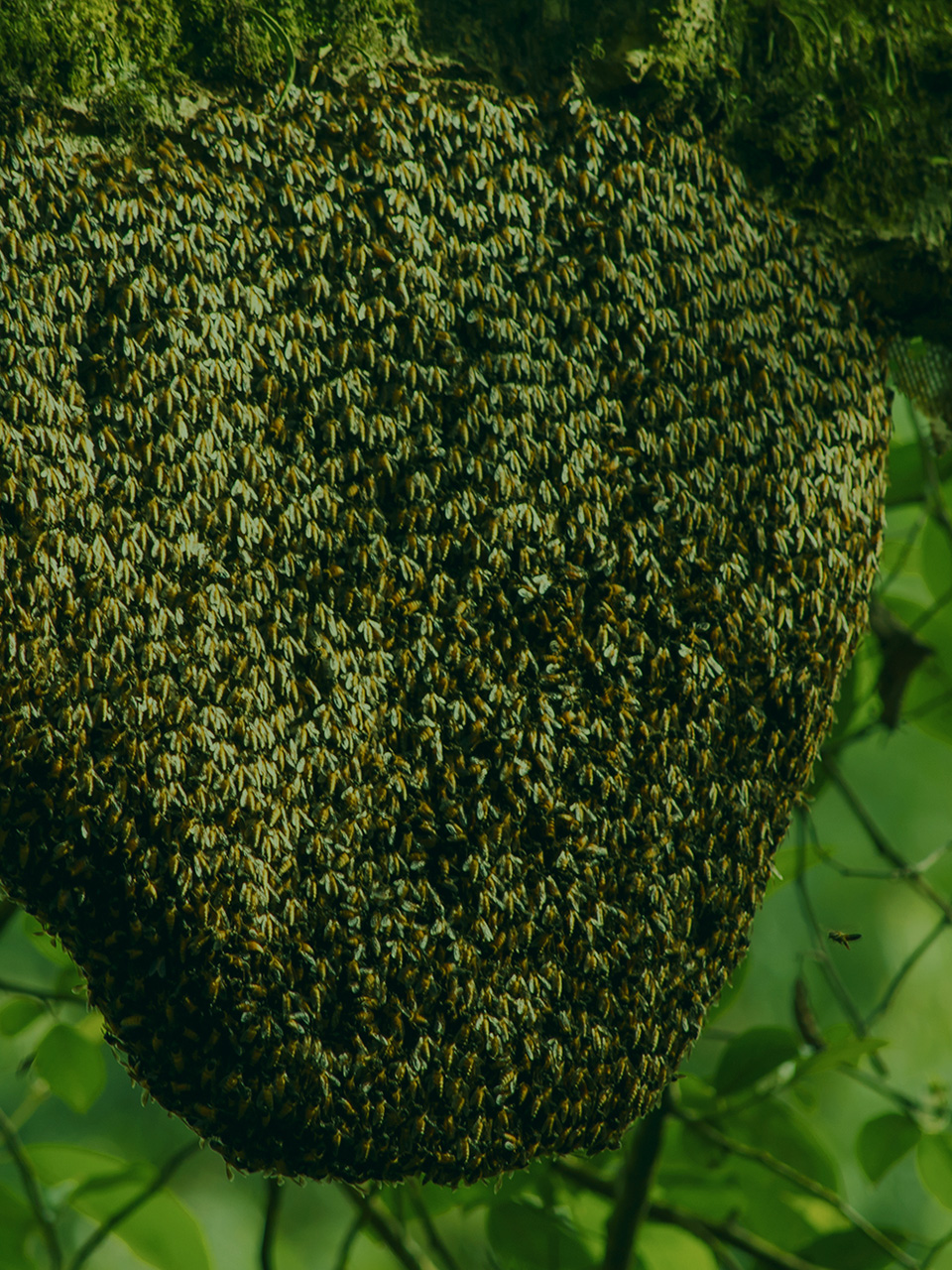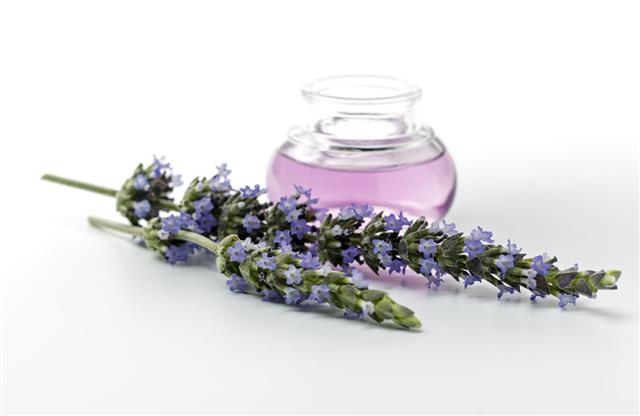
Tap to Read ➤
Home Remedies for Bee Stings
Debopriya Bose


Bee stings are painful, and they are not an uncommon occurrence either. Hence, it always helps to know some simple bee sting home remedies. Here, we discuss a few effective home remedies that can bring relief from the discomforts of a bee sting.

Those who have been bitten by a bee would know how painful the sting is. Usually, it is associated with a stinging pain, swelling, and itching. These symptoms subside in a few hours. However, if a person is allergic to the venom of the sting, it may trigger an anaphylactic reaction that can be fatal.

Venom of stinging insects is different from other insects. Hence, insect bite identification is very important. The poison itself varies depending upon the species of the bee. Hence, the way the body reacts to a bee sting depends upon the type of bee. There are a few simple home remedies that can bring quick relief from the discomforts of a bee sting.

Home Remedies

The first step towards treating a bee sting is to remove the stinger. Look for a black spot in the area that you were stung. This is where the sting is. Scrape it out using a blunt knife or hard plastic. One could also pull it out using the fingernails or a pair of tweezers.

Whatever the method, it is important to remove the stinger as if left in the body for long, it may cause serious infection. Also, ensure that the stinger is not broken so that a part of it is not left behind inside the body. After the stinger has been removed, use any of these simple home remedies for quick relief:

Ice
Ice is perhaps one of the best home remedies. After having removed the stinger, apply ice to the area. Ice works by numbing the area. Hence, the sensation of pain is eased. It also reduces swelling by reducing flow of blood to the cold area. Do not apply iced directly to the skin for more than 20 minutes. Take 15 minutes break between each application.

Toothpaste
Toothpaste is an alkaline substance that neutralizes the venom, which is acidic in nature. Some toothpastes also contain glycerin that dries out the venom of bee stings. However, keep an eye if any skin irritation or rash is caused. In such a case, wash the toothpaste off the skin immediately.

Baking Soda
A paste of baking soda and water will help neutralize the acidic venom. Applying this paste directly on the sting for 15 to 20 minutes brings relief from pain.
Papaya

Rub some papaya to the area after the stinger has been removed. Papaya has a compound called papain that breaks down the proteins that the sting venom is made of.

However, avoid using papaya if you have a latex allergy. In case the skin breaks into rashes, discontinue the use of papaya and rinse the area thoroughly.
Honey

Honey has antibacterial properties which prevents the development of infections. It also provides relief from pain and swelling.
Essential Oils

Essential oils like lavender oil applied locally to the area reduces the pain and swelling associated with bee stings. This is because lavender oil has anti-inflammatory and antihistamine properties.

The common symptoms of a bee sting will subside within a few hours of using the aforementioned remedies that are discussed.

However, in cases of severe allergic reactions such as breathing difficulty, extreme nausea and dizziness, or swollen tongue, the consumption of a large dose of chamomile is recommended. Then, the person should go to the nearest hospital as soon as possible. People who are allergic to ragweed should avoid consuming chamomile.

Disclaimer: This story is for informative purposes only, and should not be used as a replacement for expert medical advice.